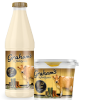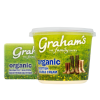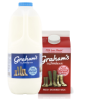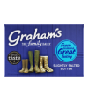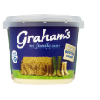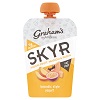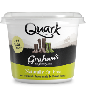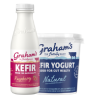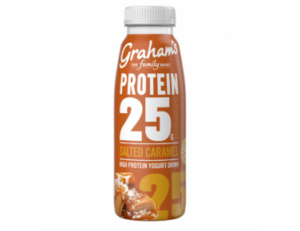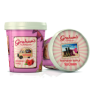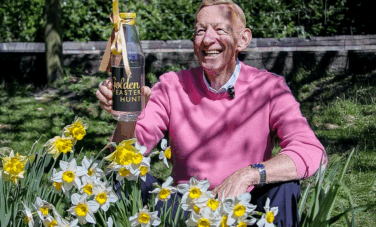
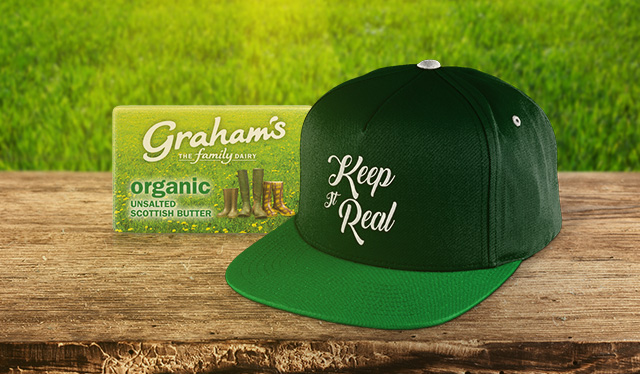
Everybody wants to make the best choice for their family when shopping. Thing is, we know that can sometimes be difficult when it comes to trying to balance up a barrage of different bits of information. As our name suggests, we’re a family dairy and we’ve been producing milk at our Bridge of Allan location since 1939. We think that gives us a pretty good insight into the differences between butter and margarine.
What is butter?
To find out more about the actual process of producing butter, you can read our earlier blog explaining how butter is made. The principles of making butter have stayed the same for thousands of years. You separate the cream from the milk and then churn the cream. The effect of churning the cream is that it begins to separate into a liquid and a solid. The liquid part is known as buttermilk, while the solid part is then washed and shaped into butter.
The difference between now and thousands of years ago are that the cream used to make the butter is pasteurised. This means it’s been heat-treated to kill off any bacteria that may cause illness. Incidentally, if you want to find out more about that process then we’ve also written a blog explaining ‘what is pasteurisation?’
What is margarine?
In contrast to butter’s history, margarine has only been in existence as a discovery since 1813 and as a product since 1869. It was in 1813 that a French scientist called Michel Eugene Chevreul discovered a substance that he named acide maragarique. This was a previously unknown form of fatty acid and the name came from margarites, the Greek word for ‘pearly’ – due to the look of the substance.
However, it wasn’t until 1869 that margarine came into use as a butter substitute. This was the year when the French Emperor Napoleon III decided that he could feed more of his armed forces and France’s poorer citizens if a cheap substitute for butter could be found. As a result, he offered a prize to anyone who could come up with one. French chemist Hippolyte Mège-Mouriès came forward with a method of churning beef tallow with milk and the first incarnation of margarine was born.
However, it took a Dutch company in 1871 to further develop his methods. A key change they made is that they realised people were being put off by the colour of the product – as margarine is naturally white. They began dyeing it yellow; to make it more closely resemble butter. The natural colour of butter depends on the animals’ feed.
These days, margarines tend to be made using vegetable oils and fats, with the official EU definition of margarine being:
“A water-in-oil emulsion derived from vegetable/animal fats, with a fat content of at least 10% but less than 90%, that remain solid at a temperature of 20°C and are suitable as spread.”
So what’s in butter and what’s in margarine?
Well, as a guide, let’s take a look at the ingredients for our own Graham’s Unsalted Scottish Butter.
Here’s that ingredients list in full:
Butter.
As for what’s in margarine, feel free to take a look at the label next time you’re in the supermarket. It might just put you in the mood for butter.

